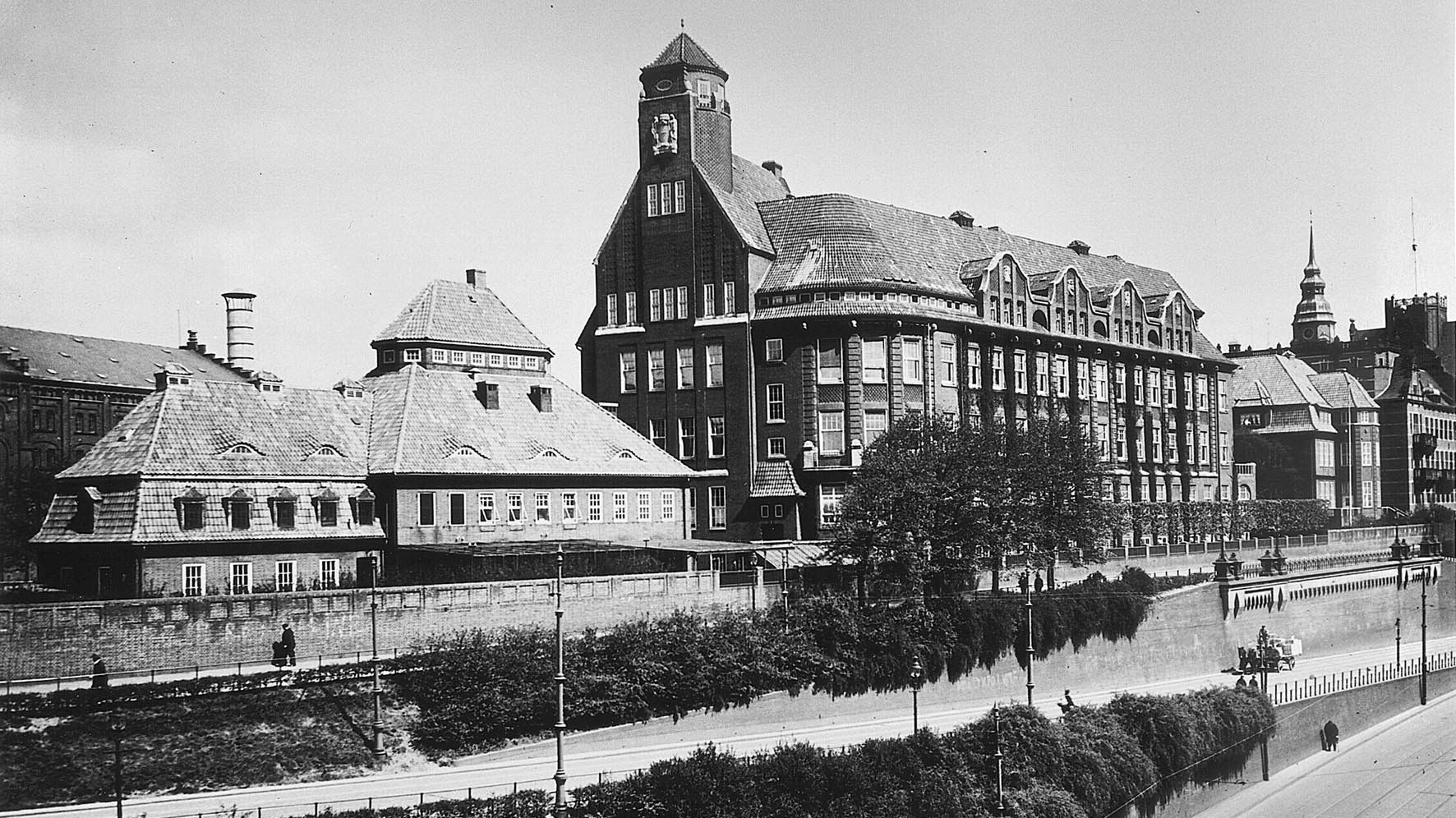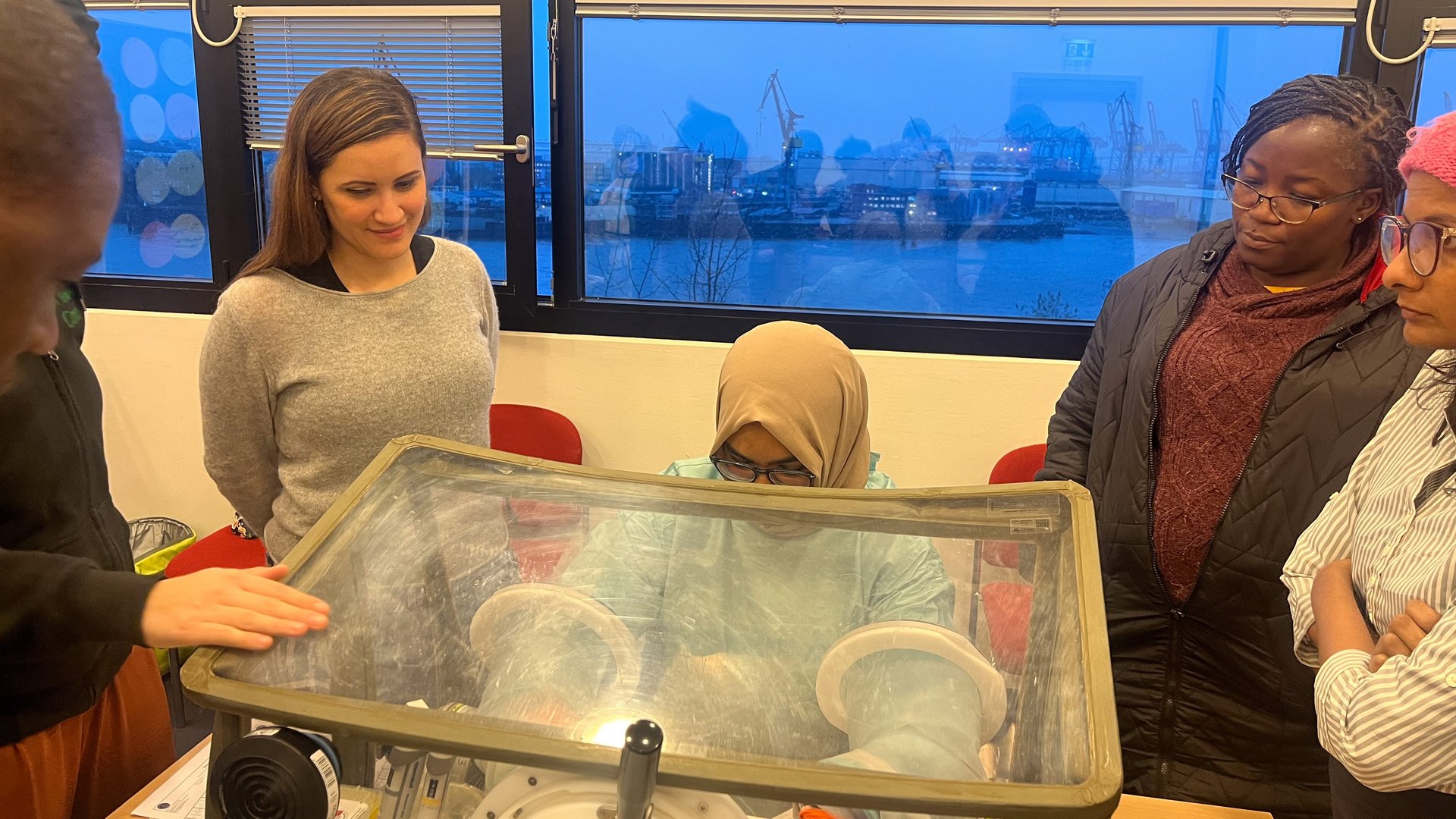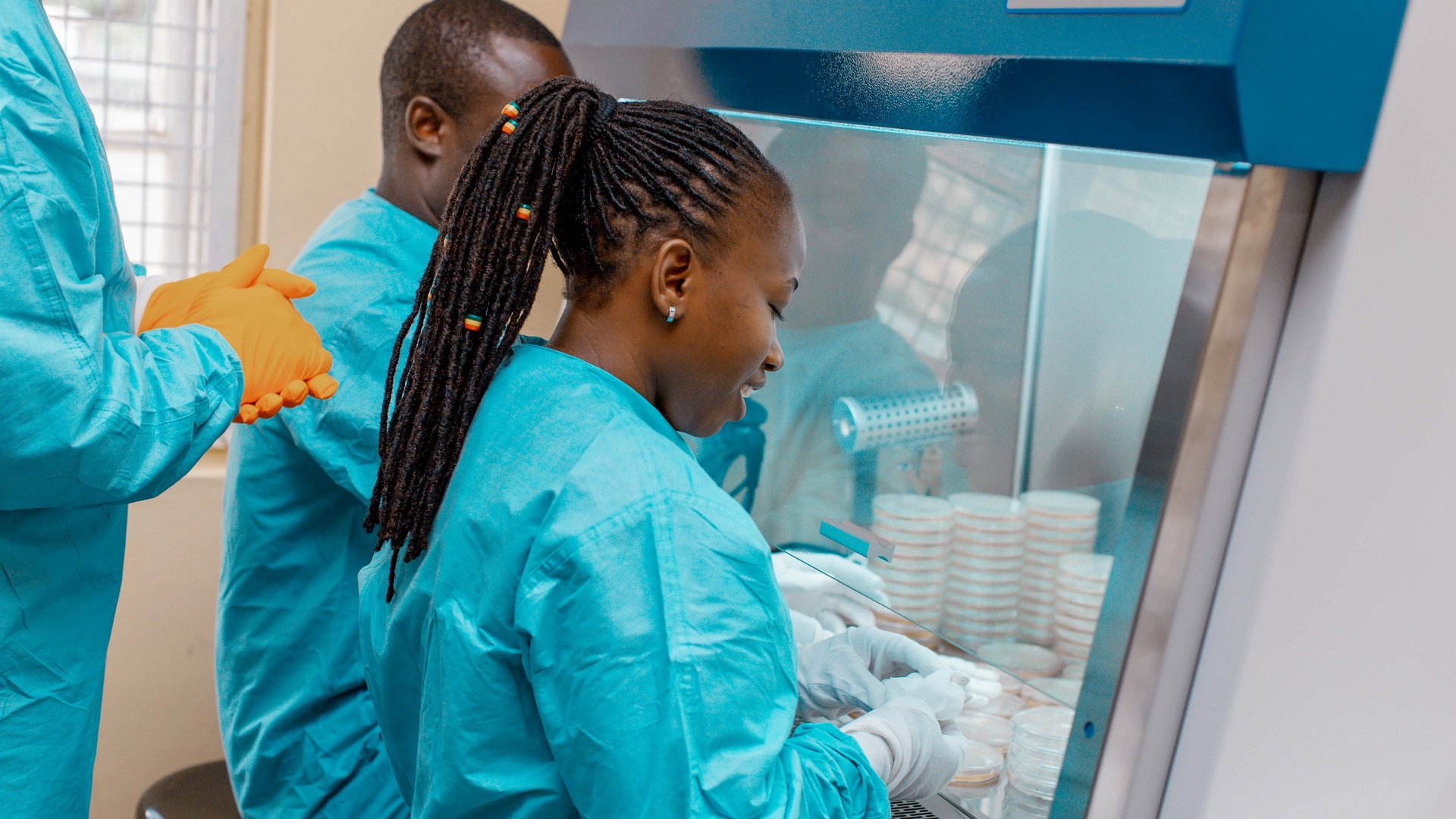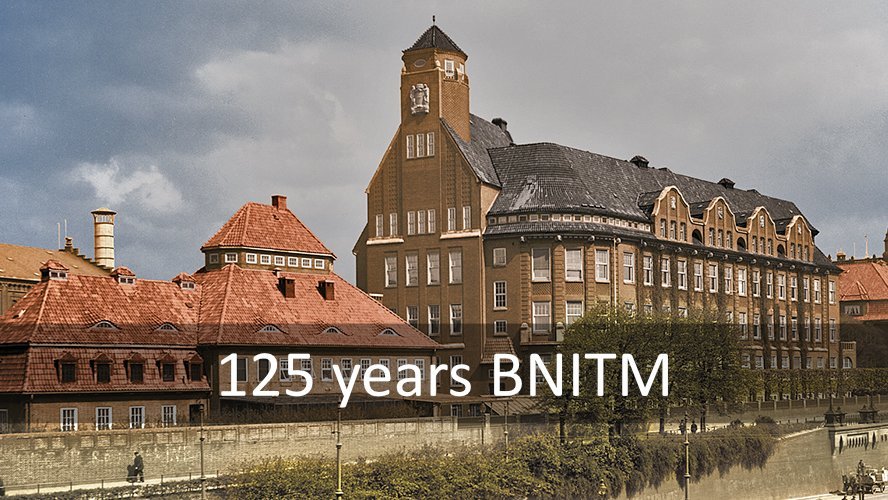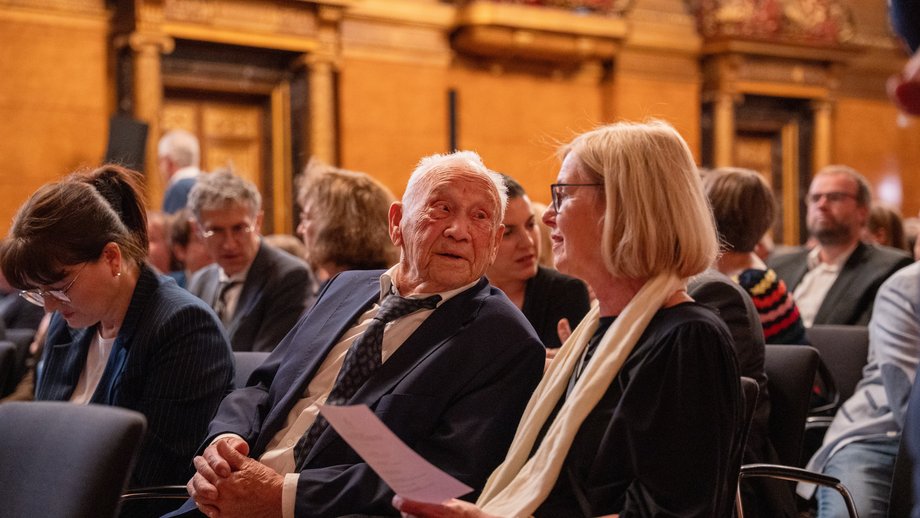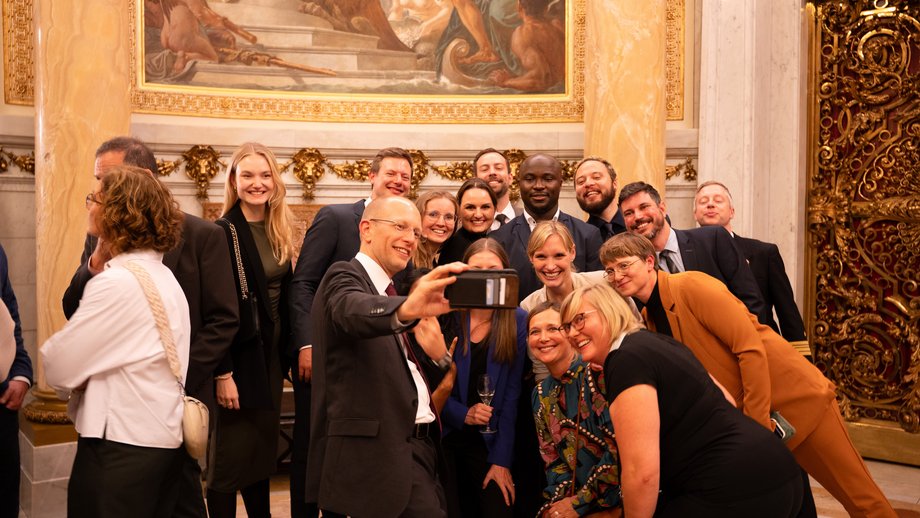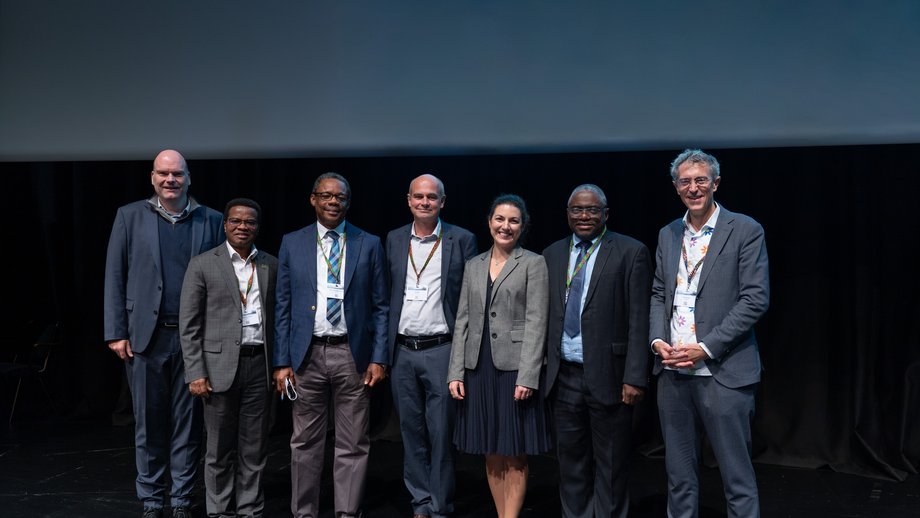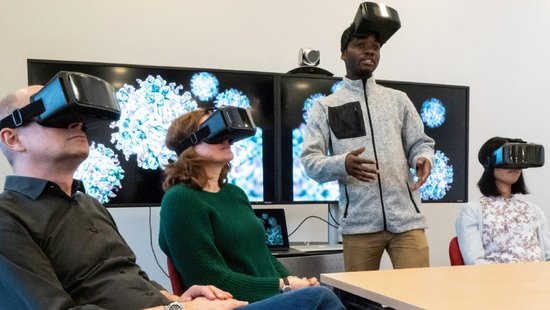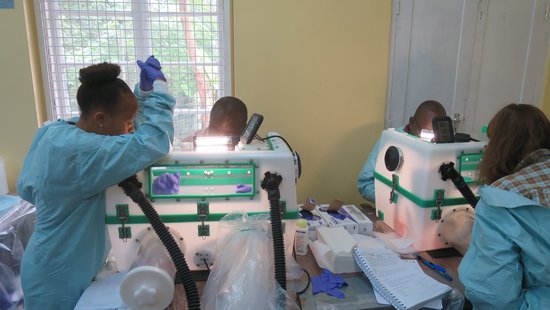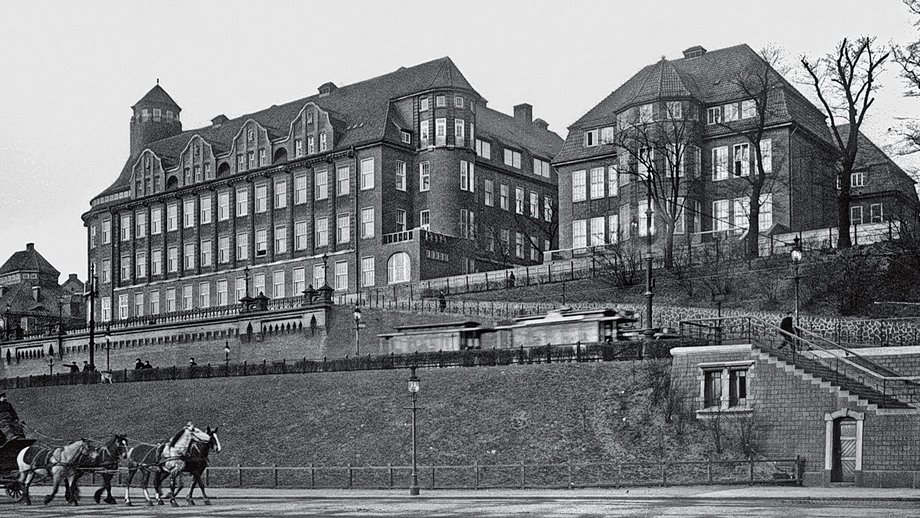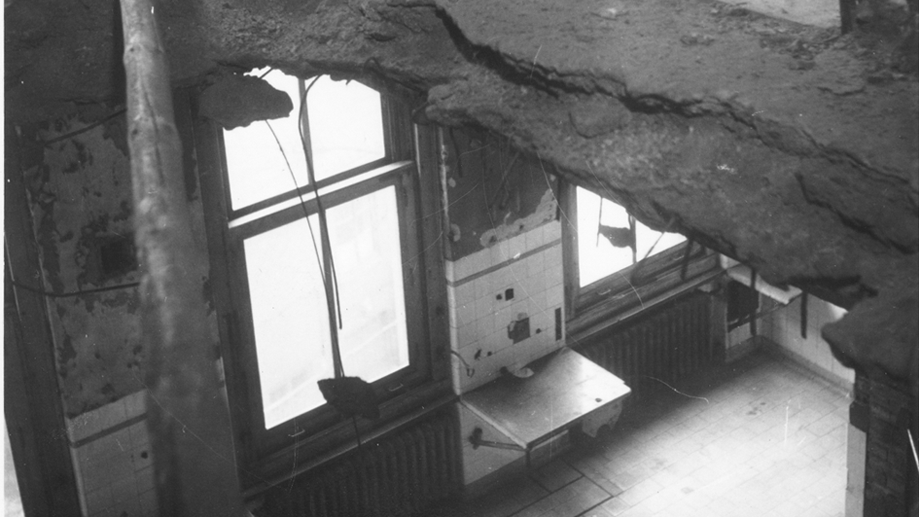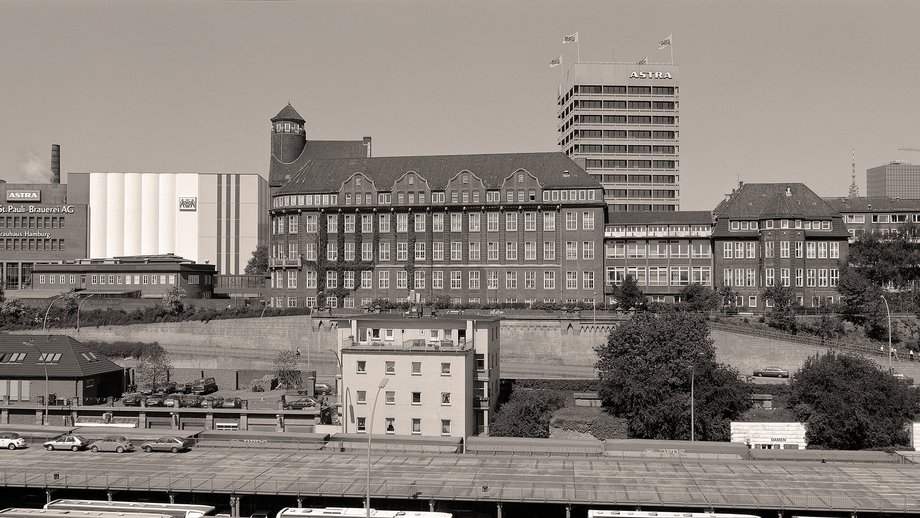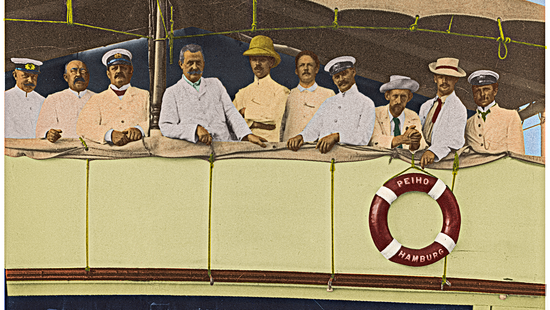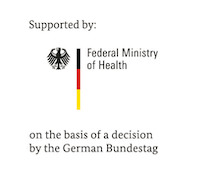125 Years of Global Infection Research
“Global health is a crucial foundation for economic development, social justice, and peace. This knowledge spurs us on.”
The BNITM has had a chequered history: Founded during the colonial era and in the wake of the 1892 cholera epidemic, it is today an international centre for global infection research. Using state-of-the-art methods, we break pathogens down into their smallest building blocks, determine their functions, and search for starting points for new active substances. We study the interplay between tropical parasites, viruses, or bacteria and our immune system. In our high-security laboratory, we investigate hemorrhagic fever viruses such as Ebola, Marburg, Nipah, and Lassa viruses in order to find approaches for drugs and vaccines that diminish the terror these deadly viruses inspire. We want to understand how how infectious agents are transmitted and what will happen when climate change causes higher temperatures, longer heat waves and altered precipitation patterns. And we research how the insights gained can be put into practice.
We warmly invite you to take a look back at our varied anniversary programme, including our public information events and an exhibition in the City Hall, the ECTMIH science congress and a concert in the Elbphilharmonie.
Immerse yourself in the history of the BNITM here on our anniversary website and learn more about our vision for the future. Global infection research for all, but especially for neglected population groups in countries with limited resources – that is and always will be our mission.
We are delighted to have been able to celebrate this special anniversary with you.
Prof. Dr Jürgen May, Chairman of the Board of the Bernhard Nocht Institute for Tropical Medicine


How the Tropical Institute celebrated
Did you know that the standard test for diagnosing malaria was developed at the Tropical Institute? Or that it was here that an expert in electron microscopic virus diagnostics first made the Marburg virus visible? Or why there was hardly any mosquito research in Germany for decades – until it was re-established at the BNITM? Our guests were able to learn about history and stories like these in the anniversary editions of our popular information events.
In addition, an exhibition in the city hall foyer provided information about historical and current developments at the institute. On 30 September, the Beatrice Asare Quintet gave a concert in the small hall of the Elbphilharmonie. And how do scientists celebrate? With a scientific congress, of course!
The anniversary in pictures
Our Research is Global and Interdisciplinary
The Bernhard Nocht Institute for Tropical Medicine (BNITM) is Germany's largest institution for research, healthcare, and education in the field of tropical and emerging infectious diseases. BNITM has always approached its research with a focus on Global Health and One Health, as well as the principle of translation—the transfer of fundamental research into practical application. This research approach is reflected in the institute’s five core sections: Pathogen (Infectious Agent) → Interface (Immunology, Host-Pathogen Interaction) → Patient (Clinical Research) → Population (Epidemiology) → Implementation (Successful Knowledge Application).
Current key research areas include malaria, Lassa and other hemorrhagic fever viruses, neglected tropical diseases (NTDs), immunology, epidemiology, clinical aspects of tropical infections, and the transmission mechanisms of mosquito-borne viruses. To study high-risk pathogens and infected insects, the institute operates biosafety level 4 (BSL-4) laboratories and a high-security insectary (BSL-3). BNITM's mobile laboratories are deployed worldwide to combat outbreaks of highly pathogenic or highly infectious viruses.




